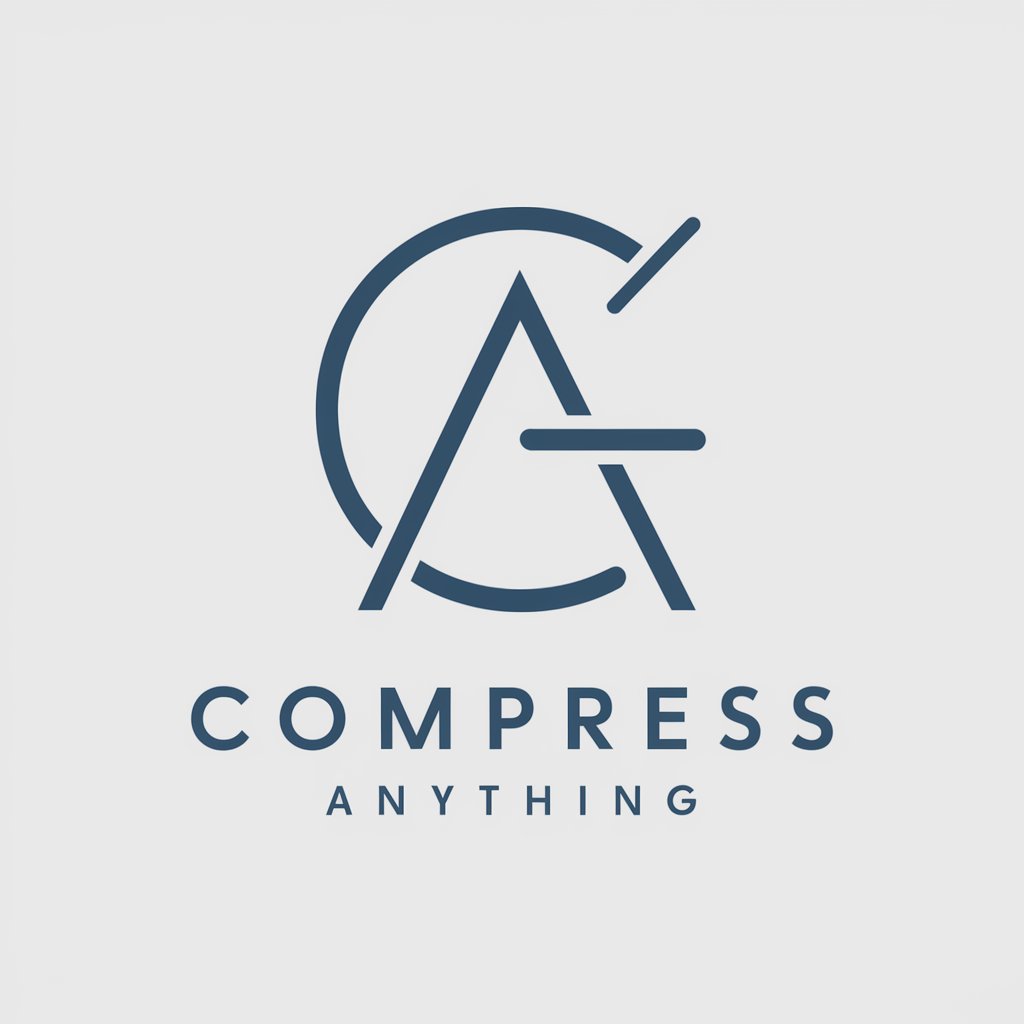Deontic 2 - General - Deontic Logic Analysis

Powering Legal Document Analysis with AI
Get Embed Code
Introduction to Deontic 2 - General
Deontic 2 - General is a specialized artificial intelligence model designed to process, analyze, and interpret legal documents through the application of deontic logic. Deontic logic, a branch of logic concerned with duty, permission, and prohibition, is used to structure and evaluate the normative statements found within legal texts. The core functionality of Deontic 2 - General involves identifying and categorizing statements within legal documents as obligations (duties), permissions (allowances), and prohibitions (forbiddances), and then analyzing these in the context of their legal and contractual implications. A key aspect of its design is to provide a systematic and logical framework for understanding the nuances of legal language, enabling more accurate and efficient legal document analysis. For example, in reviewing a confidentiality agreement, Deontic 2 - General would identify clauses mandating confidentiality as obligations, clauses allowing for certain disclosures as permissions, and clauses explicitly forbidding specific actions as prohibitions. Powered by ChatGPT-4o。

Main Functions of Deontic 2 - General
Deontic Statement Identification and Categorization
Example
Identifying 'The tenant must not sub-lease the apartment' as a prohibition against sub-leasing.
Scenario
In a lease agreement review, distinguishing between what actions are obligated, permitted, or prohibited for the parties involved.
Intensity Scale Rating
Example
Rating the obligation for a contractor to complete a project by a certain date as '9' on an intensity scale, indicating a high level of imperative.
Scenario
In contract analysis, evaluating the importance and urgency of each clause's requirements to prioritize compliance efforts.
Comparative Analysis
Example
Comparing a new employment contract against standard templates to identify deviations in obligations, permissions, and prohibitions.
Scenario
Legal teams can ensure that new contracts align with organizational or regulatory standards, identifying areas of potential risk or non-compliance.
Legal Document Segmentation
Example
Breaking down a comprehensive terms of service document into logical sections for focused analysis.
Scenario
Enhancing the efficiency of legal review processes by systematically organizing complex documents into manageable parts.
Change Detection in Legal Documents
Example
Detecting alterations in the deontic modality from an obligation to a permission in a revised contract clause.
Scenario
Assisting legal professionals in quickly identifying significant changes in contract revisions that could affect obligations and rights.
Ideal Users of Deontic 2 - General Services
Legal Professionals
Attorneys, paralegals, and legal researchers who require detailed analysis of legal documents. They benefit from Deontic 2 - General's ability to dissect and interpret the complex language of contracts, agreements, and regulatory texts, ensuring compliance and identifying potential legal risks.
Corporate Legal Departments
Organizations with in-house legal teams tasked with contract review, compliance monitoring, and risk management. Deontic 2 - General assists these teams in managing and mitigating legal risks across various types of documents, streamlining the review process, and enhancing contractual compliance.
Legal Academics and Researchers
Individuals studying or investigating the field of deontic logic, legal theory, or the application of artificial intelligence in law. They benefit from using Deontic 2 - General to analyze legal documents, explore the application of deontic logic in legal reasoning, and contribute to the advancement of legal informatics.

How to Use Deontic 2 - General
1
Start with a visit to yeschat.ai for an immediate trial, no registration or ChatGPT Plus subscription required.
2
Upload or paste the legal document you wish to analyze. Ensure the document is in a supported format for optimal processing.
3
Specify the analysis type you need, such as identifying deontic modalities (obligations, permissions, prohibitions) or comparing documents against standard templates.
4
Review the generated report, which includes deontic modalities identified, intensity scales, and comparative analysis against standard templates.
5
Utilize the actionable insights and recommendations provided to address any detected changes or compliance issues within the document.
Try other advanced and practical GPTs
General Assistant
Empowering Decisions with AI

General EEA
Empowering inquiries with AI

Social Savvy
Amplify Your Voice with AI-Powered Creativity

Ayurvedic Practitioner
Empowering Ayurveda with AI

Resume Pro
Crafting Your Path to Federal Careers

Cyclone Watch
Stay safe with AI-driven cyclone forecasts

CODE-y
Empowering coders with AI-driven insights

WALL-Y GPT
Empowering optimism with AI

Casos d'estudi sobre legislació de seguretat
Empower your legal expertise in IT security

Ask Lucifer
Empowering Your Quest for Knowledge

Translate Anything
Translating Text Seamlessly with AI

Compress Anything
AI-powered compression at your fingertips

Deontic 2 - General Q&A
What is Deontic 2 - General designed for?
Deontic 2 - General is designed for the in-depth analysis of legal documents, identifying and categorizing deontic modalities such as obligations, permissions, and prohibitions, and offering a comparative analysis against standard templates.
Can Deontic 2 - General handle documents in any language?
Currently, Deontic 2 - General is optimized for documents in English, focusing on the precise identification and analysis of legal terminology and deontic modalities within that language context.
How does Deontic 2 - General rate the intensity of deontic modalities?
The system rates the intensity of deontic modalities on a scale from 0 (least imperative) to 9 (most imperative), based on the clause's wording, context within the contract, and its legal implications.
Is user feedback incorporated into Deontic 2 - General?
Yes, user feedback is an essential part of the continuous learning and adaptation process, helping to refine deontic logic interpretations and improve the analysis accuracy over time.
Can Deontic 2 - General generate actionable recommendations?
Absolutely, it generates detailed reports outlining identified changes, their deontic classification, intensity scores, and provides rationalized explanations along with actionable recommendations for addressing detected changes.
